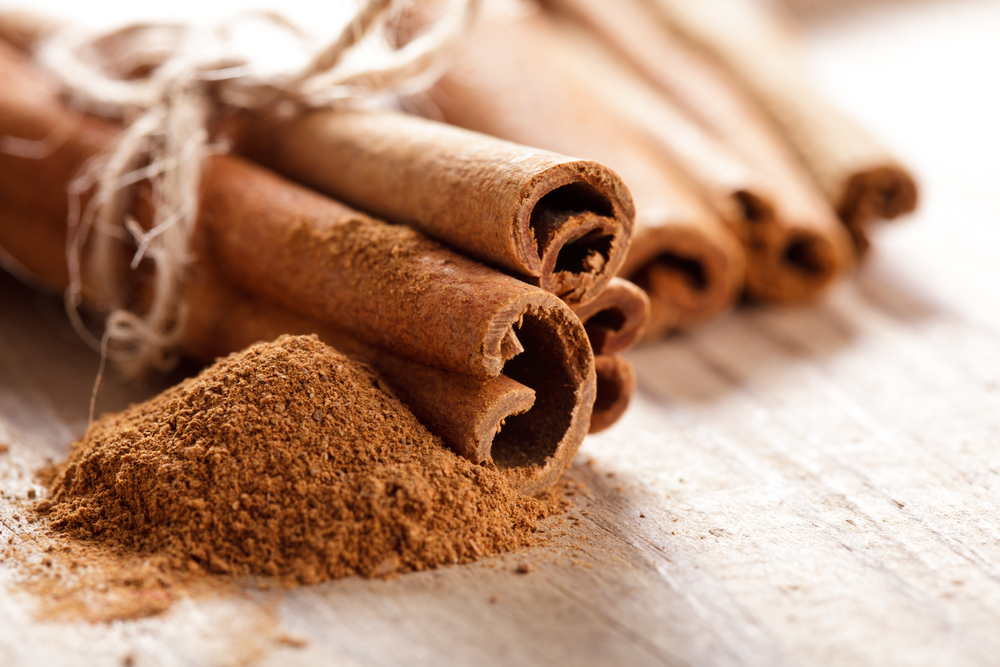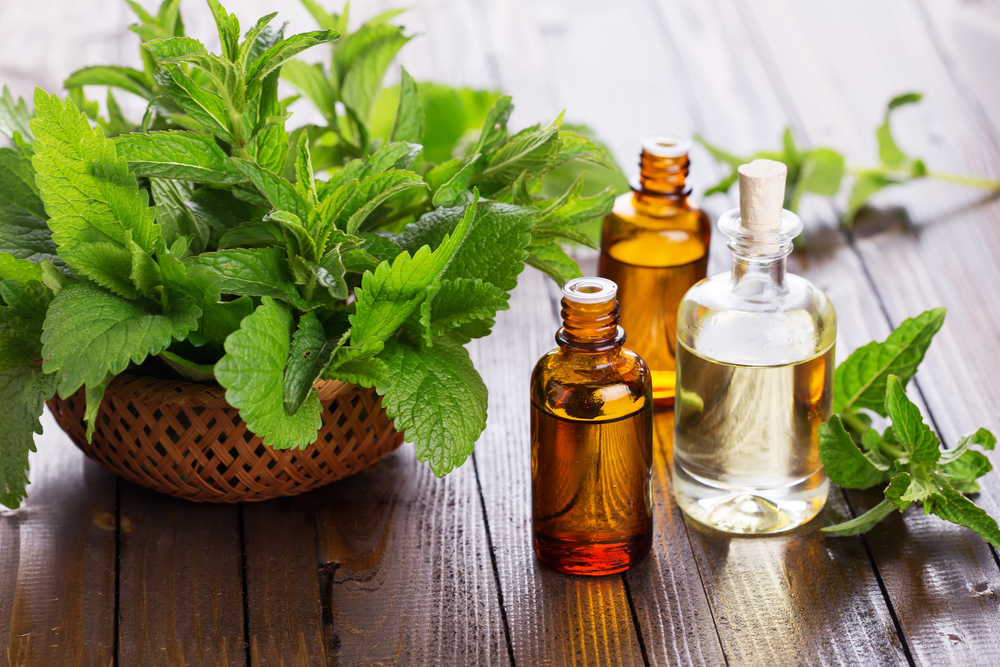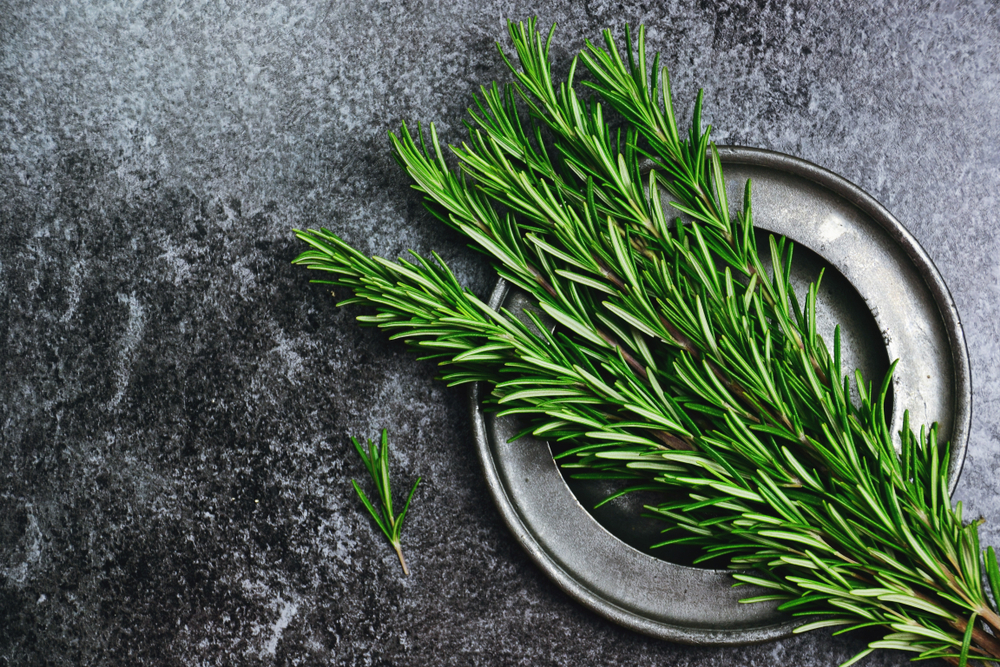As I was writing my previous blog on herbs and spices I quickly realised that there is so much to say about them that I needed to create a Part 1 and now a Part 2. There are of course many different herbs and spices and they are all great for delivering taste, colour, aroma and texture so it’s impossible to write about them all, and research into their health benefits has not been done on all herbs and spices. I’ll therefore talk about those where there has been some research and are probably the more commonly known and therefore more likely to be used in everyday cooking.
Cinnamon
Cinnamon is one of those spices that probably most people have heard of. At this time of year – December, we come across it a lot more as we eat and drink foodstuffs where cinnamon is a key ingredient. Christmas cake and mince pies for example contain cinnamon, coffee shops sell drinks where cinnamon is sprinkled on top. However, the health benefits of cinnamon in these types of foods is negated by the potential high sugar content in the cake or drink. In order to make the most of the health benefits of consuming cinnamon we need to make sure we eat it in or on low sugar foodstuffs.
Like many herbs and spices cinnamon has anti-inflammatory and antioxidant effects via it’s polyphenol activities e.g. catechins and quercetin

It has also been suggested that cinnamon is good for cardiovascular health by lowering blood pressure, reducing the risk of blood clots, and inhibiting over production of blood lipids after a meal. One study (systematic review and meta study) investigating cinnamon supplementation found that participants who took cinnamon supplements had lower blood lipids and cholesterol compared to the controls (Maierean et al., 2017). Interestingly the authors found that the effect was correlated with duration of treatment and not with dose administered. There is also suggestion that cinnamon can help with decreasing blood glucose levels and may help in the treatment of type 2 diabetes (Jiang, 2019), however more research is needed in this area.
How do you get cinnamon into your diet without consuming too much sugar? Sprinkling cinnamon on your (sugar free) morning porridge is a good way to benefit from its health benefits whilst enjoying the taste. Also sprinkling it on top of your sugar free morning cappuccino also tastes great, and stirred into a mixed fresh fruit salad. Baked apples sprinkled with cinnamon helps give the impression of sweetness without using sugar.
Peppermint
Peppermint has always been associated with both savoury and sweet foodstuffs. It goes well with roast lamb when the fresh leaves are chopped and mixed with vinegar, but it’s also great as a tea infusion and has commonly been used to help settle an upset stomach. Peppermint oil is extracted from the leaves and commonly used to add taste to foodstuffs, but also used in aromatherapy treatments. Along with its desirable taste, peppermint has other more health related benefits.
Peppermint oil is the most commonly used product of peppermint leaves and consists of mainly menthol and menthone, but has some minor constituents such as pulegone, menthofuran and limonene. It has antimicrobial benefits and has shown to have an effect against bacteria such as E. coli, salmonella, streptococcus and staphylococcus. There is also evidence to suggest peppermint oil has anti-viral and anti-fungal effects (Loolaie, Moasefi, Rasouli & Adibi, 2017). It is probably most commonly associated with its anti-sickness stomach settling effects. Peppermint oil has the ability to relax gastrointestinal smooth muscle, and for this purpose as well as others it has been shown to ease the symptoms of irritable bowel syndrome (IBS). A study by Capello et al (2007), showed that IBS patients treated with peppermint oil had improved abdominal symptoms after a four-week period.
There does need to be some considerations when it comes to consuming peppermint oil supplements, as it has been shown to be toxic in rat models at doses of 40-100 mg/day. Also the menthol constituent of peppermint can have an adverse effect in people with chronic cough. As a nutritionist I would advise that anyone considering consuming peppermint, should include it as part of a health balanced diet and mainly in the form of the natural leaves in a tea or culinary form.

Rosemary
Rosemary is a popular herb in Mediterranean cooking and goes well with many different foodstuffs. It grows vigorously and is easily cultivated in the UK. The leaves are quite spiky, but when chopped release a very pleasant aroma and taste. Rosemary is a powerful antioxidant. Carnosic acid and carnosol, constituents of rosemary contribute approx. 90% of its antioxidant effects. These two components reduce membrane damage by limiting lipid peroxidation in, in vitro tests (Jiang, 2019).
The aroma of rosemary, particularly when combined with lavender was shown in tests to enhance cognitive function and reduce test associated stress in students (McCaffrey, Thomas & Kinzelman, 2009). There is evidence to suggest that rosemary also plays a positive role in vascular health and blood glucose control. Rosemary could inhibit LDL (low density lipoprotein) oxidation and acts as an anti-blood clotting agent, hence improving vascular function. There has also been research into the effects of a high dose of rosemary extract on blood glucose levels and at 100 mg/ kg and higher, animal tests have shown a significant reduction in blood glucose levels when compared with a 50 g/kg dose (Jiang, 2019). However, most tests have been in animals and further research needs to be done to investigate health benefits in humans.

Conclusions
There are many more herbs and spices we should keep at hand when cooking, but I have covered some of the most researched into their health benefits. It’s worth following some simple steps to ensure your stocks of herbs and spices are always at their best. If you buy dried herbs and spices, try to keep them out of direct sunlight and use them before the best before date if you can. Over time they will lose their flavour and health benefits. I would also advise growing some fresh herbs in your garden or a window box. Easy ones to grow are rosemary, peppermint, sage and thyme. You can grow basil on your kitchen windowsill!
Try to remember to use herbs and spices to reduce your intake of salt, and vary your cooking by making different kinds of foods that use a variety of herbs and spices. Curries are always a family favourite and use some of the best herbs and spices for health giving properties. You can add rosemary to your roast lamb, but it also adds great taste to a veggie Bolognese (ask me for the recipe!). As a nutritionist I would always advocate consuming herbs and spices as part of a healthy balanced diet. Contact me if you want to learn more.
References






